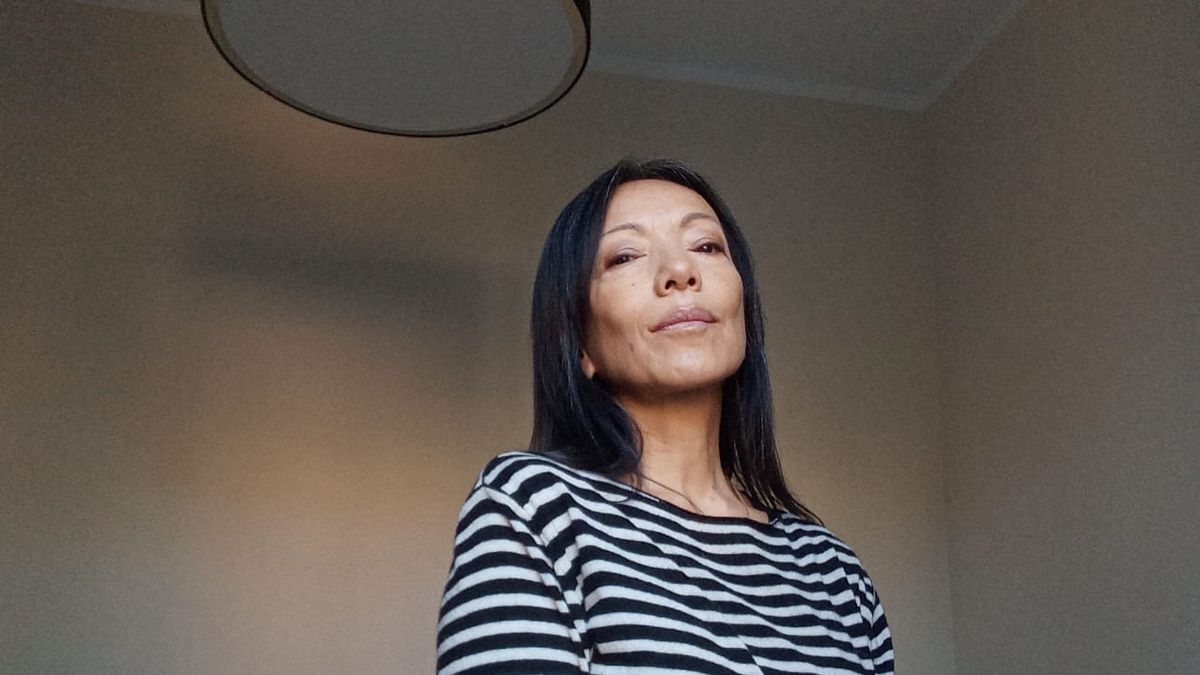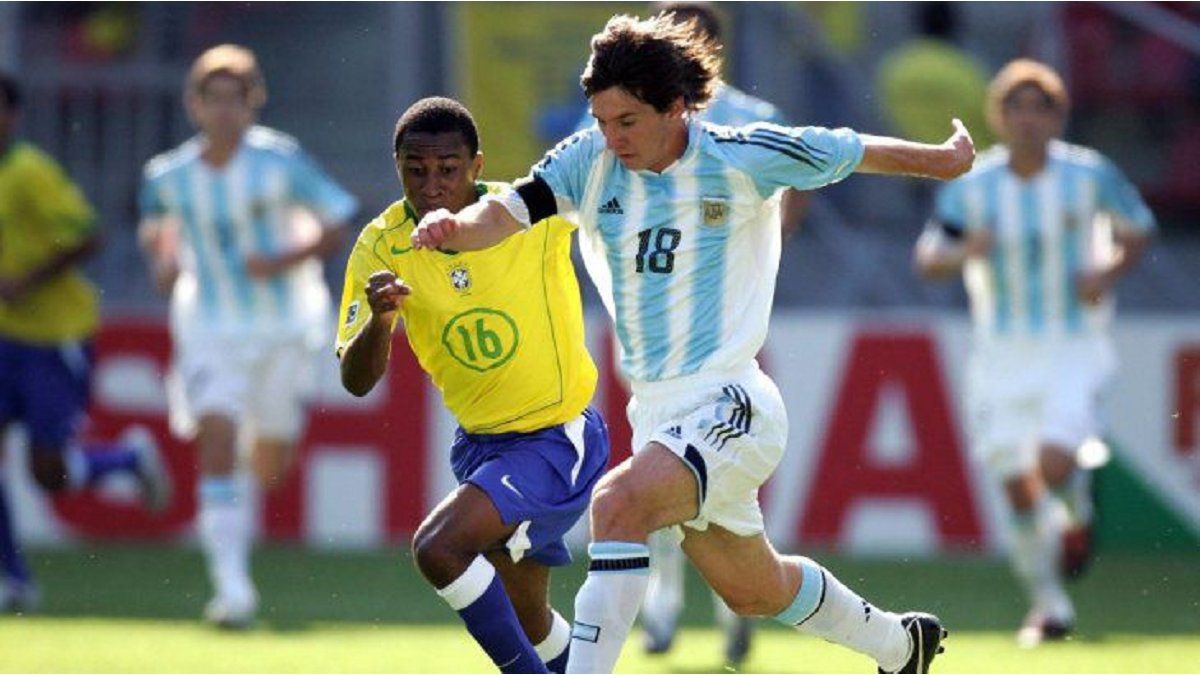In times when the sale of books has been reduced due to the increase in prices, “The patience of water on each stone” (Eterna Cadencia Editora), the new book by the Argentine essayist and narrator Alejandra Kamiya, has, since its appearance, already sold seven editions. Something that is a double surprise because it is a book of stories and the demanding quality of the stories. Kamiyaformed in the workshops of Ines Fernandez Moreno and Abelardo Castillohas been publishing story books by “Fallen trees are also forests” and “The sun moves the shadow of still things” that have been adding readers. These works with the new book have become a trilogy that will be presented at Malba, on May 29 at 7 p.m. We dialogue with her.
Journalist: What do you look for in your stories?
Alejandra Kamiya: Saying something that you feel the need to say and that you don’t know exactly what it is, and that you can only say the way you say it. I seek to capture a truth that I did not know until before I finished writing. What I seek to say and that only I can do is a kind of truth, not the truth but a little piece of my own truth, and finally capture some beauty.
Q: Is your premise what you wrote about beauty in your prologue to the novel “Dandelions” by Nobel Prize winner Kawabata?
A.K.: Exactly that. “After all, that is what literature, and perhaps life, is about: discovering beauty. To, in the case of the artist, represent it. But I also believe that those who are not artists cannot live without beauty. “We are all trying to capture some form of beauty.”
Q.: There is in your stories, even the hardest ones, a serenity and precision in the words that refers to haikus. Does that have to do with your father’s Japanese tradition?
AK: Writing is made of vision, knowledge and time. Many times I wonder if the time I use is oriental. Of course some of my father’s times are very different from Western ones; but my mother, who is Argentine of French Basque descent, also has a very contemplative time. That’s partly cultural, partly formative, and partly a choice. The speed at which one installs is a choice. What it points out to me has to do with the look, with the time of contemplation, with the chosen point of view. The children of Japanese, and even more so if we are a mix of races, had a marginal place, and that allows us to see differently, not from the center but from the edges. I believe in writing as a metaphor for life, so I don’t look for serenity for texts but for everything.
Q: Who do you see as writers who influenced you?
AK: Borges at the head. Then Kafka, Pessoa, Clarice Lispector, Akutagawa, Felisberto Hernández. The list does not end, one gradually incorporates new influences, for example, Annie Ernaux.
Q: What is your connection to Borges?
AK: The admiration. His taking on literature fully. Stories take a long time. And they have to do with each person’s time. When I have an external stimulus that resonates with me, I ruminate on it, turning it over and seeing what areas of me it resonates with. Because I like it, it bothers me, it moves me, or perhaps it challenges me in some way. It’s as if I let something move inside me and you see in which areas it provokes a reaction.
Q: Is that when you sit down to write?
AK: Not yet. First I begin to mentally choose the words I should use. To write it mentally. It is only when the story comes to a boil that I feel that it is essential that I start writing. And rewrite. And correct. And delete. Saint-Exupéry said that a story is not finished when nothing can be added but when nothing can be removed.
Q: How do you go from one story to another, and from there to the book?
A.K.: When you finish a book you discover that they all have something in common. There are lines of meaning that connect them. Although they are very dissimilar, there are lines of meaning that cross them. There are times when it is discovered that something, someone, is missing to achieve the shape that the whole should have, that is when the task of achieving it begins. It’s like a circle that has to be closed. I always have twice as many stories as will make up the book to be published and, when I choose the ones that go, I can realize that the ones that will complete that ideal form are not there, and I have to wait and write the ones that are needed.
Q: What are you doing now?
A.K.: I have two novels in development. And some other types of projects. There are a couple of stories that have served as the basis for dance performances. A director friend and I are planning a film. And there are two plays on the way, outings of stories.
Q: What is the novel about?
AK: In the first year of the pandemic, when we were all locked up, I brought my parents to live at my house. I spent that entire first year watching very old Japanese movies with my dad, some silent films. The newest thing we saw were those of Kurosawa, Ozu, Mizoguchi. While we watched the movies we talked. Well, this is the experience that with my father we translated haikus, poems by Sakutaro Hagiwara and Akutagawa. The novel, which will be my first novel, mixes what I felt with those movies and what my father told me. They say that when Borges came up with an idea that he liked, that he had everything he wanted to tell, he said to himself: let’s hope I don’t ruin it. They have told me that this novel is a good idea, let’s hope that I don’t ruin it.
Source: Ambito
I am an author and journalist who has worked in the entertainment industry for over a decade. I currently work as a news editor at a major news website, and my focus is on covering the latest trends in entertainment. I also write occasional pieces for other outlets, and have authored two books about the entertainment industry.




